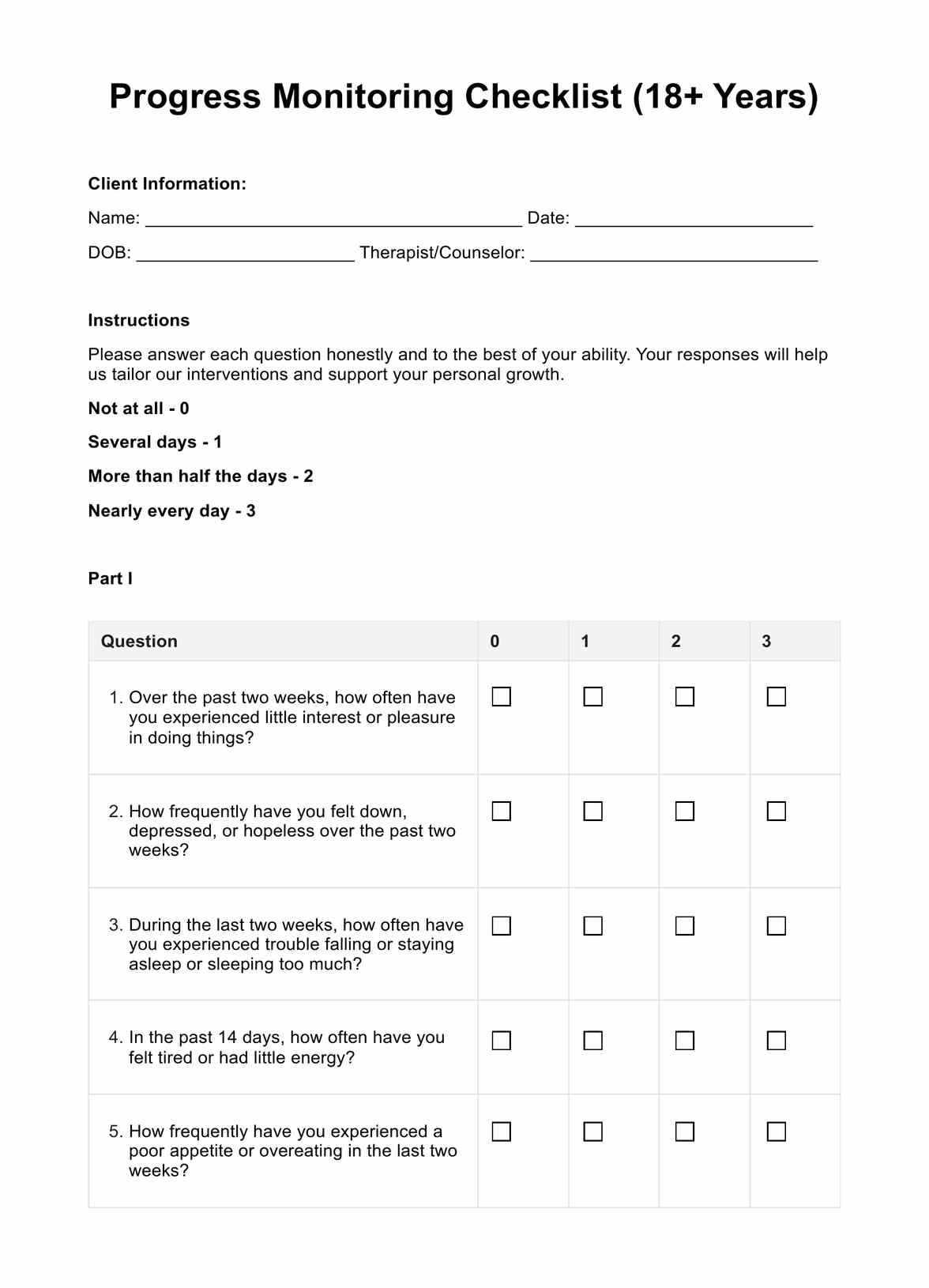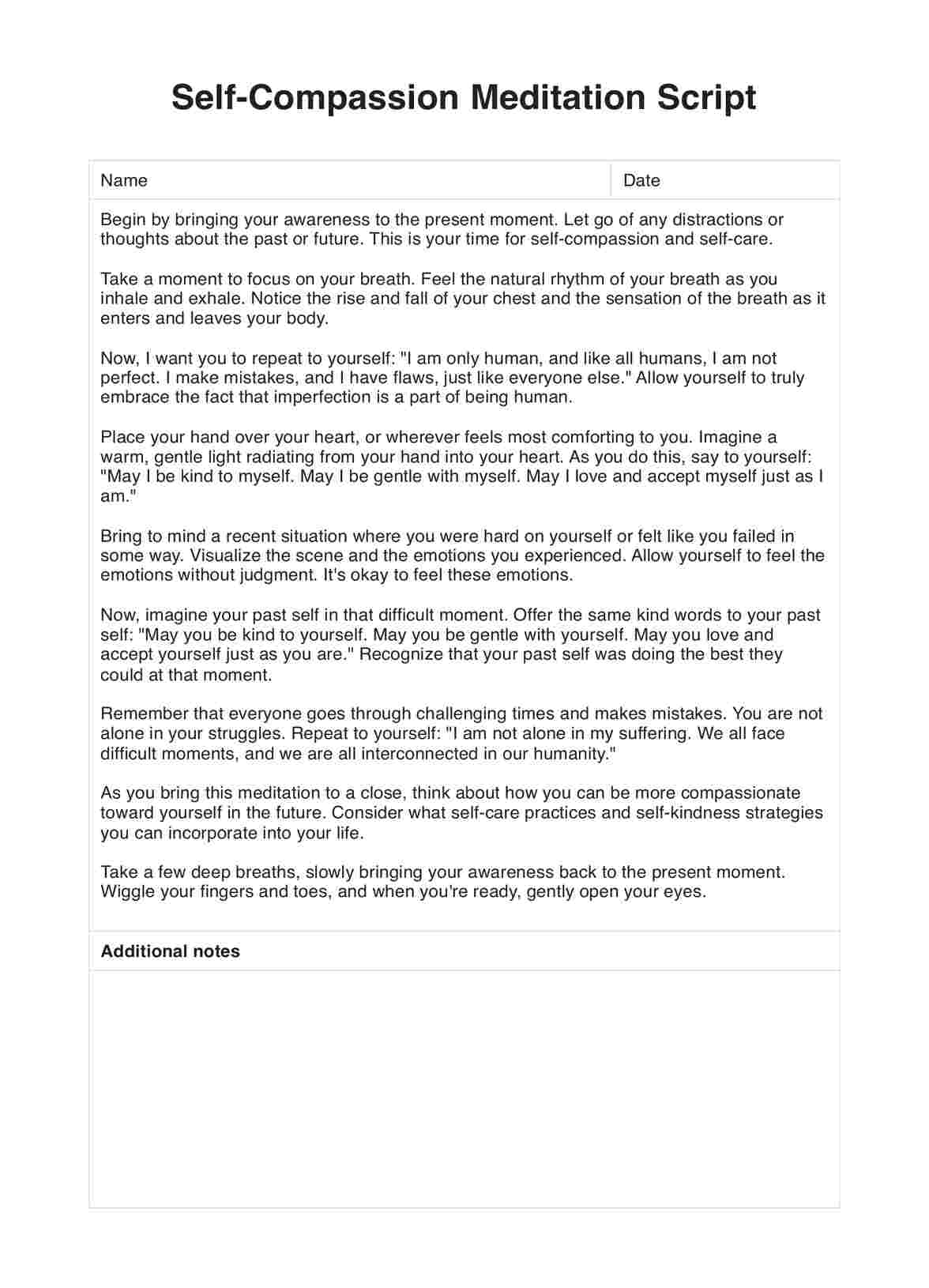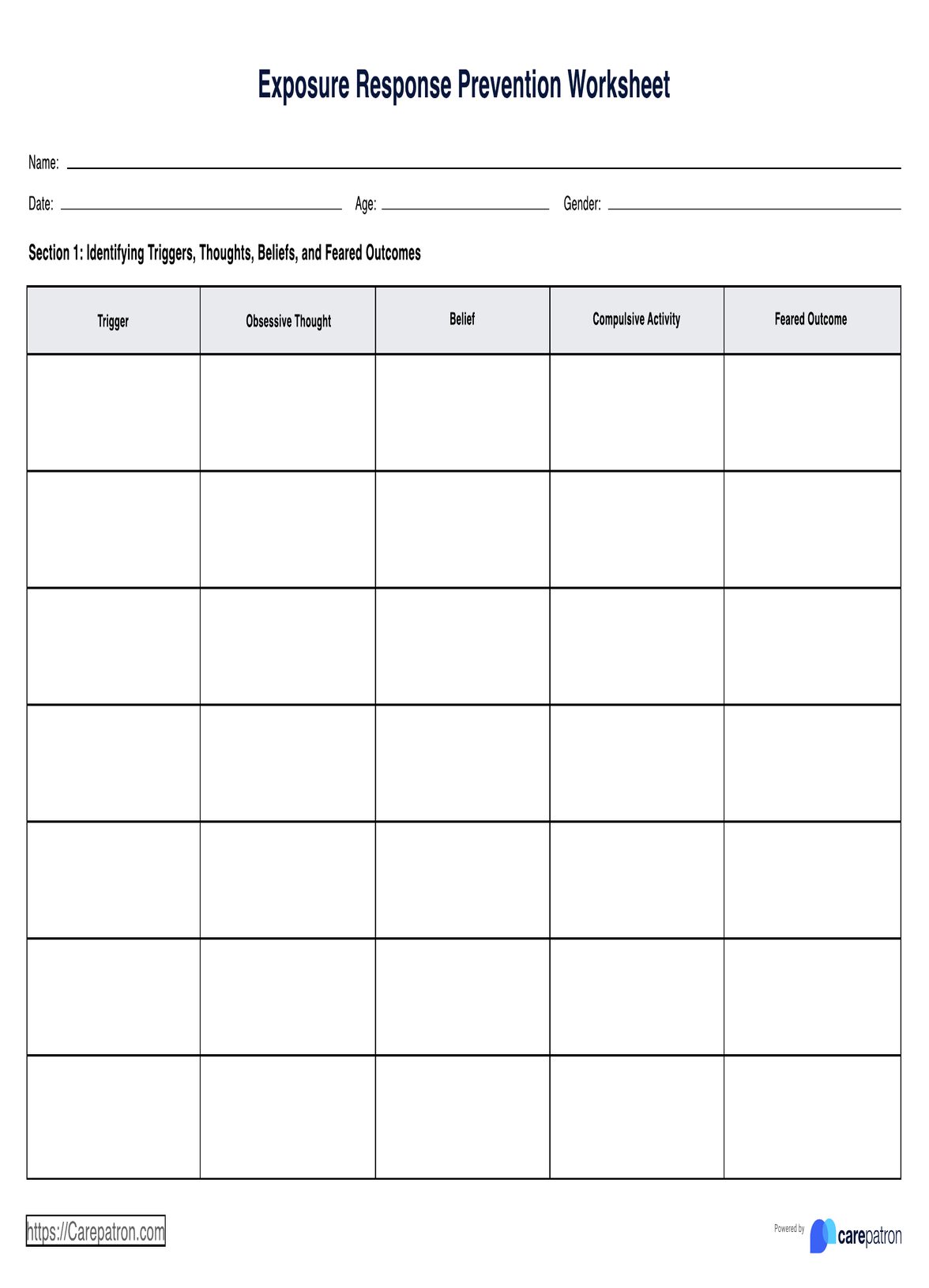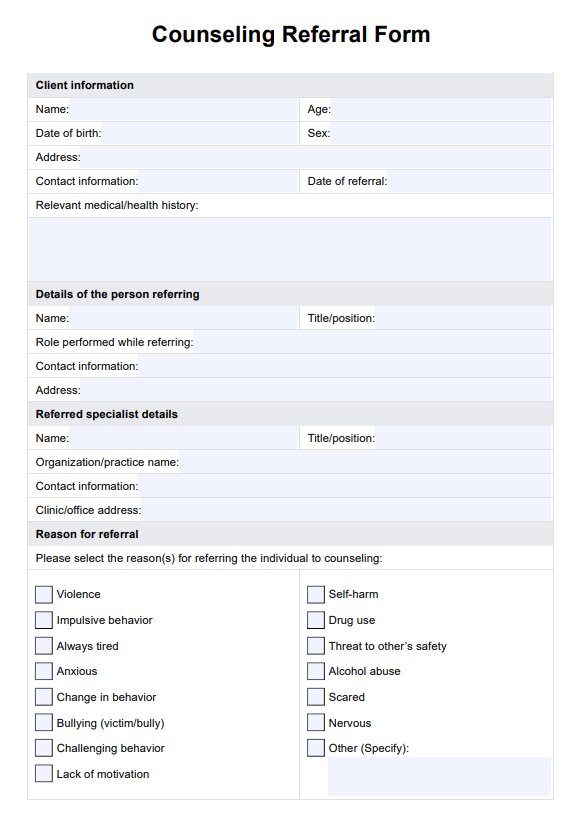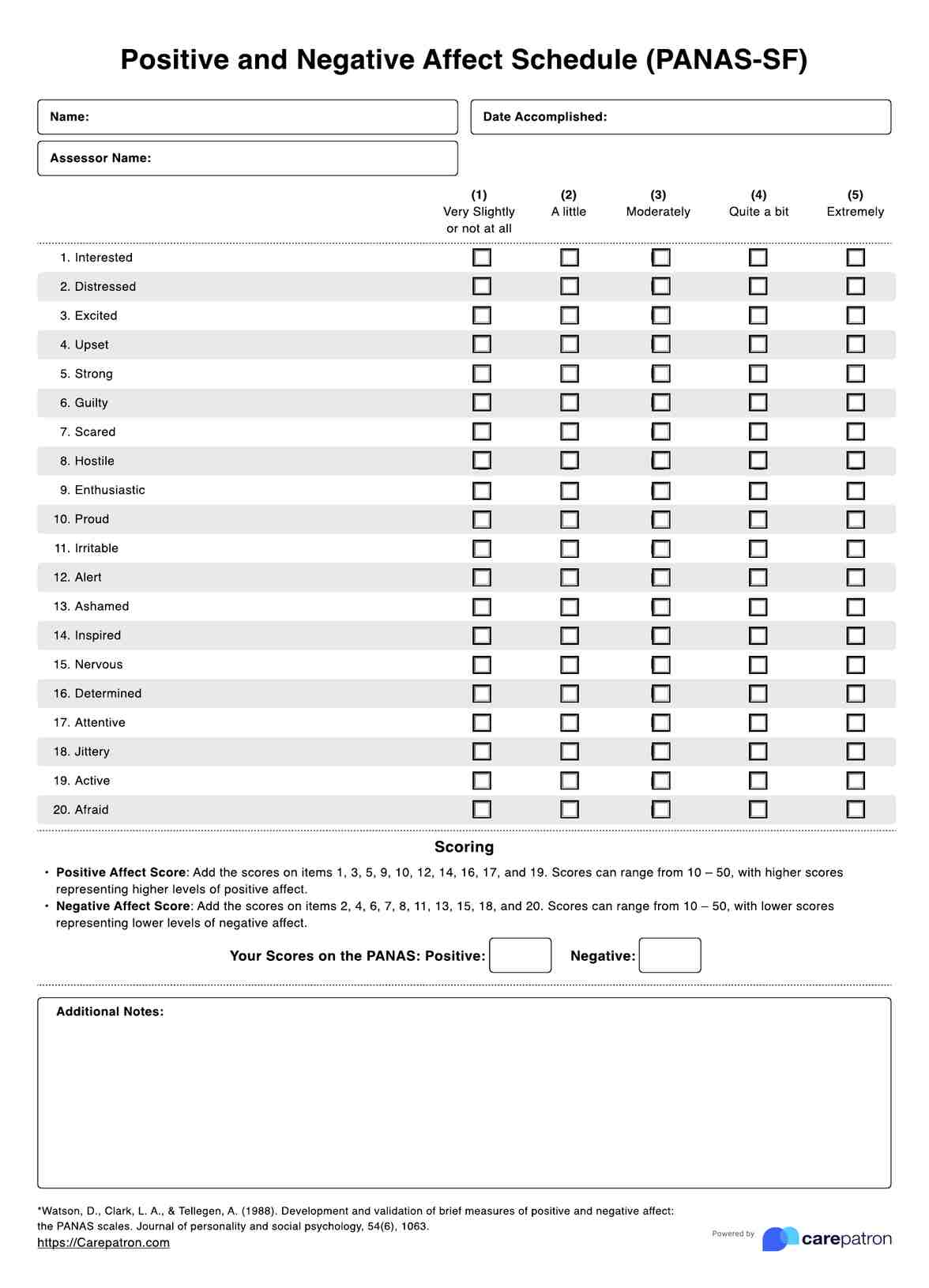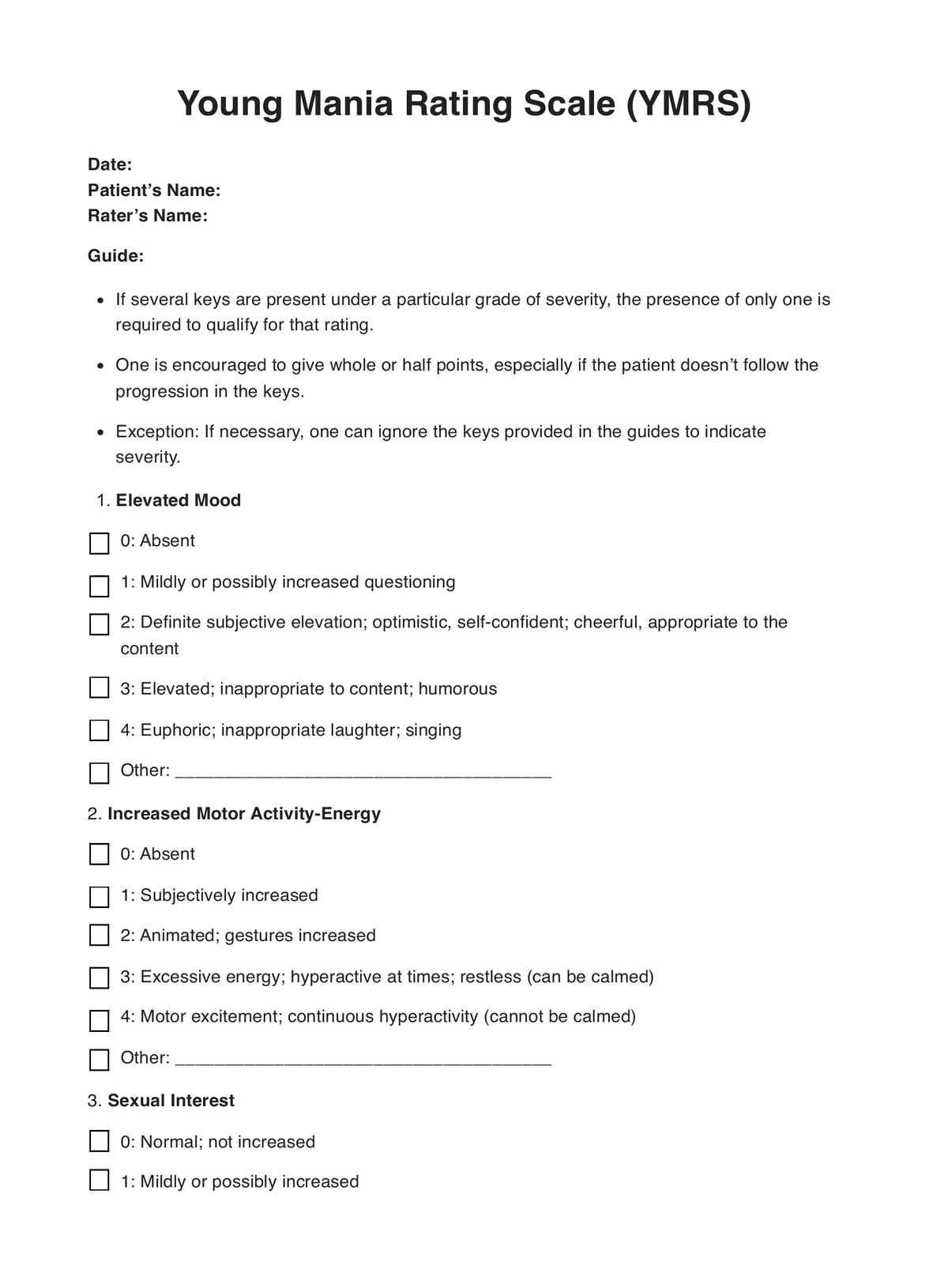Rebuilding Your Inner Trust PTSD Worksheet
Explore the Rebuilding Your Inner Trust PTSD Worksheet and learn how it can help you recover from trauma. Download the free PDF today!


What is Trauma and PTSD?
Trauma is a psychological response to a distressing event, often resulting in emotional or psychological harm. These events vary widely, from accidents and natural disasters to abuse and violence. Post-Traumatic Stress Disorder (PTSD) is a mental health condition triggered by exposure to trauma, leading to symptoms such as flashbacks, nightmares, and severe anxiety.
Trust is intimately linked to trauma and PTSD. Survivors of traumatic events may struggle to trust their judgment, others, or the world around them. Rebuilding trust, especially within oneself, is crucial to the healing process.
Trauma can leave deep emotional scars, impacting our ability to trust ourselves and others. PTSD is a condition that often accompanies trauma, intensifying these struggles. In this article, we'll delve into the Rebuilding Your Inner Trust PTSD Worksheet, a powerful tool rooted in cognitive behavioral therapy (CBT) that can aid in healing from trauma and rebuilding trust.
Rebuilding Your Inner Trust PTSD Worksheet Template
Rebuilding Your Inner Trust PTSD Worksheet Example
How to use the Rebuilding Your Inner Trust PTSD Worksheet
The Rebuilding Your Inner Trust PTSD Worksheet is a structured tool designed to guide individuals through regaining trust in themselves and others. Here's how to use it effectively:
Step 1: Self-Reflection
Begin by choosing a specific situation when someone important to you hurt you. This event could leave you feeling betrayed, hurt, or lost trust. It's essential to describe the event in as much detail as possible. Consider the following questions:
- What happened during this situation?
- Who was involved, and what were their actions?
- When and where did it take place?
The goal of this step is to gain a clear understanding of the event that led to the breach of trust. This self-reflection helps you identify the source of your emotional distress and forms the basis for the subsequent steps.
Step 2: Express Emotions
After describing the situation, it's essential to express how deeply you were affected by the person's actions. This step encourages you to tap into your emotions and articulate your feelings. Consider the following questions:
- How did the situation make you feel emotionally? (e.g., hurt, betrayed, angry, sad)
- What were the immediate and lasting emotional effects of the event?
By expressing your emotions, you acknowledge the situation's impact and lay the groundwork for open communication and healing.
Step 3: Anger Management
Developing a plan for managing your anger is crucial because anger often accompanies traumatic experiences. This plan should outline how you intend to release or cope with the anger you're experiencing. Consider the following strategies:
- Identify healthy outlets for your anger, such as journaling, exercise, or talking to a trusted friend or therapist.
- Practice mindfulness and relaxation techniques to help manage strong emotions.
- Set boundaries with the person who caused the hurt to prevent further anger triggers.
This step empowers you to take control of your emotional responses and prevent anger from hindering the healing process.
Step 4: Forgiveness and Self-Compassion
Forgiveness is a complex but essential aspect of healing and rebuilding trust. In this step, reflect on your capacity for forgiveness—for yourself and the person involved. Consider the following questions:
- Are you willing to forgive yourself for your role in the event?
- Are you open to the possibility of forgiving the person who hurt you?
This step encourages self-compassion and allows you to explore the potential for forgiveness, recognizing that it can be gradual.
Step 5: Assess Trustworthiness
It is vital to assess their trustworthiness before rebuilding trust in the person who caused the hurt. Listen carefully to their explanations and actions. Consider the following:
- Is the person genuinely sorry for their actions, and do they take responsibility for the harm caused?
- Are there signs of change or a commitment to making amends?
Assessing trustworthiness helps determine whether rebuilding trust in this relationship is viable and safe.
Step 6: Test and Observe
Once you've assessed trustworthiness, identify ways to test the person's reliability over time. This step involves setting clear boundaries and expectations for your interactions. Observe their actions and behavior to see if they align with these boundaries. Consider:
- How well does the person respect your boundaries?
- Do they consistently follow through on their commitments and promises?
Testing and observing their behavior are essential for rebuilding trust cautiously and gradually.
Step 7: Self-Forgiveness
Reflect on whether you know how to forgive yourself for any perceived mistakes or shortcomings related to the situation. It's common for individuals to blame themselves for trust issues. Consider:
- Are you holding onto self-blame, and is it hindering your healing process?
- Can you find ways to forgive yourself and let go of any self-criticism?
Self-forgiveness is critical to rebuilding inner trust, as it allows you to release any guilt or shame associated with the event.
Step 8: Closure
Consider whether you can ever forgive the other person for their actions. If forgiveness is impossible, reflect on how you can find closure and move forward. Think about:
- What steps can you take to emotionally and mentally close the chapter related to this event?
- Is there a trustworthy person with whom you can share your feelings and story for additional support?
Closure allows you to find peace and resolution, even if forgiveness is not attainable.
Step 9: Reevaluation
Visit a safe and reflective space to reevaluate the entire situation. Given your newfound insights and healing journey, ask yourself if you would handle it differently now. Consider:
- Have you gained a deeper understanding of the event and its impact on you?
- Would you make different choices or decisions if faced with a similar situation in the future?
This step encourages growth and self-awareness as you learn from the past to create a more empowered future.
Following these detailed steps, the "Rebuilding Your Inner Trust PTSD Worksheet" guides individuals through a structured process of healing, self-reflection, and trust rebuilding after experiencing trauma or a breach of trust. Each step empowers individuals to regain confidence in themselves and others while promoting emotional healing and growth.
When Would You Use This Rebuilding Your Inner Trust PTSD Worksheet?
The Rebuilding Your Inner Trust PTSD Worksheet is a valuable resource designed to address specific situations and scenarios where trust has been shattered due to trauma or adverse events. Here are some scenarios and circumstances in which this worksheet can be particularly beneficial:
After a Personal Betrayal
Suppose you have experienced a personal betrayal, such as a broken promise, infidelity, or dishonesty from someone you trusted deeply. This worksheet can help you process your emotions and decide whether trust can be rebuilt.
Following Emotional Abuse
Individuals who have endured emotional abuse may find it challenging to trust themselves or others. This worksheet provides a structured approach to healing and regaining confidence.
Post-Traumatic Stress Disorder (PTSD)
People diagnosed with PTSD often struggle with trust issues. This worksheet can complement therapy by offering a practical tool for addressing trust-related matters.
In Relationship Conflicts
When trust issues strain your relationships, whether with a partner, family member, or friend, this worksheet can facilitate open communication and reconciliation.
During Therapy or Counseling
Mental health professionals can incorporate this worksheet into therapy sessions with clients who have experienced trauma or trust-related issues, enhancing the therapeutic process.
When Self-Doubt Arises
This worksheet can help you regain self-trust and confidence if you constantly doubt your decisions or abilities.
In the Aftermath of a Significant Life Event
Events like financial setbacks, accidents, or legal issues can trigger trust issues. This worksheet can guide you in addressing the aftermath of such events.
When Personal Growth is a Priority
If you're committed to personal growth and self-improvement, this worksheet can be valuable for overcoming past traumas and fostering trust in yourself and others.
Considering these scenarios, you can determine when the Rebuilding Your Inner Trust PTSD Worksheet is most appropriate for your unique circumstances. It offers a structured and empathetic approach to addressing trust-related challenges, fostering healing and personal growth.
Benefits of Using the Rebuilding Your Inner Trust PTSD Worksheet
Using this worksheet can offer several benefits for individuals on their journey to healing and trust recovery:
1. Self-awareness and Reflection
The worksheet prompts individuals to engage in deep self-reflection. This process encourages them to explore their thoughts and reactions to a traumatic event.
Self-awareness is fundamental to healing because it allows individuals to understand the root causes of their trust issues. By identifying and acknowledging their emotions, they can process them healthily.
2. Improved Communication
Effective communication is vital in rebuilding trust with oneself and others. The worksheet encourages individuals to express their emotions and communicate their needs openly. This practice helps them understand their feelings and empowers them to convey their concerns and expectations to others.
Improved communication can lead to better understanding and resolution of conflicts. It allows individuals to engage in honest and constructive conversations, fostering healthier relationships.
3. Forgiveness and Healing
Forgiveness is a significant component of the healing process. Holding onto anger, resentment, or blame can hinder emotional recovery and perpetuate feelings of mistrust. The worksheet guides individuals through the process of forgiving both themselves and those who have caused them harm.
By addressing forgiveness in a structured manner, individuals can work through their emotions and find closure. This can be profoundly liberating, allowing them to release the emotional weight of the trauma and move forward with a greater sense of peace and acceptance.
4. Trust Rebuilding
Rebuilding trust is a central objective of this worksheet. It provides a framework for individuals to assess the trustworthiness of others and test it gradually. Trust is not quickly regained, especially after experiencing trauma, but this tool helps individuals take practical steps toward rebuilding trust.
By evaluating the actions and behavior of others, individuals can make informed decisions about whether it is safe to trust again. This process empowers them to set boundaries and make choices that align with their emotional well-being.
5. Closure and Empowerment
The worksheet supports the journey toward closure, which is essential for moving forward after a traumatic experience. Closure does not necessarily mean forgetting or condoning the past; rather, it signifies coming to terms with it and finding a sense of resolution.
Closure can empower individuals to reclaim control over their lives and emotions. It frees them from the emotional turmoil of unresolved trauma, enabling them to focus on personal growth and well-being.
6. Research-Backed Effectiveness
Research in cognitive-behavioral therapy (CBT) has demonstrated the effectiveness of structured tools like this worksheet in trauma recovery. Many individuals have reported significant improvements in their mental well-being and self-trust when using such tools consistently.
By following a systematic approach to healing, individuals can make tangible progress in addressing their trust issues and overcoming the impact of trauma. This research-backed approach gives individuals a sense of direction and confidence in their journey toward the restoration of inner trust.
The Rebuilding Your Inner Trust PTSD Worksheet offers a structured and evidence-based approach to trauma recovery and trust rebuilding. Its benefits encompass self-awareness, improved communication, forgiveness, trust rebuilding, closure, and empowerment, providing individuals with a comprehensive healing and personal growth framework.
To find more helpful tools for your practice and better satisfy your clients, explore the PTSD Worksheet template. You can also use the Action Plan Template to outline strategic steps for managing and achieving goals.
Commonly asked questions
The time required can vary significantly from person to person. It depends on the complexity of the trauma and the individual's willingness to engage in the healing process.
This worksheet provides a structured framework for self-reflection, communication, and trust rebuilding, essential for healing from trauma.
Anyone who has experienced trauma and struggles with trust issues can benefit from using this worksheet. It is also a valuable tool for mental health professionals working with trauma survivors.


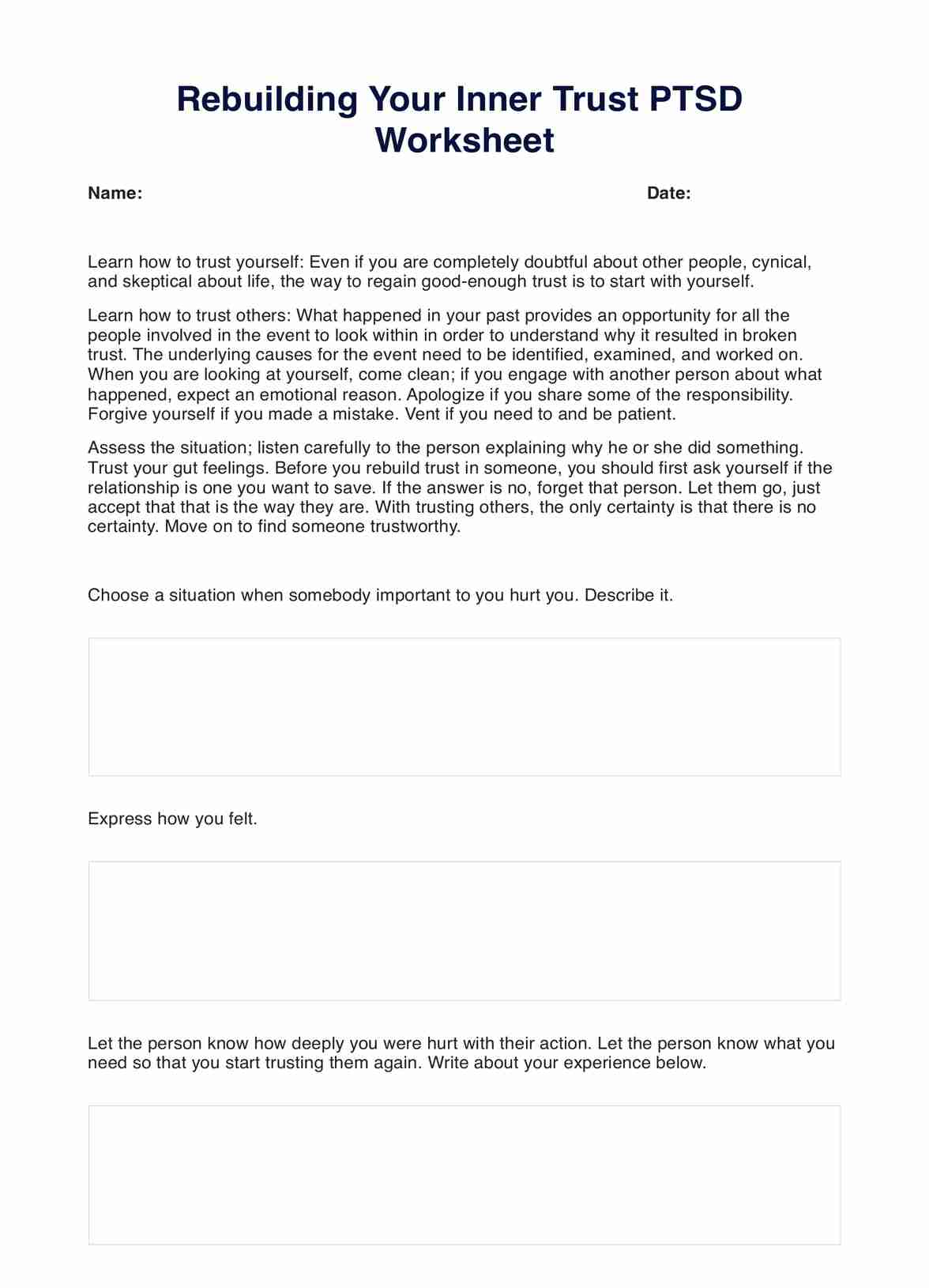
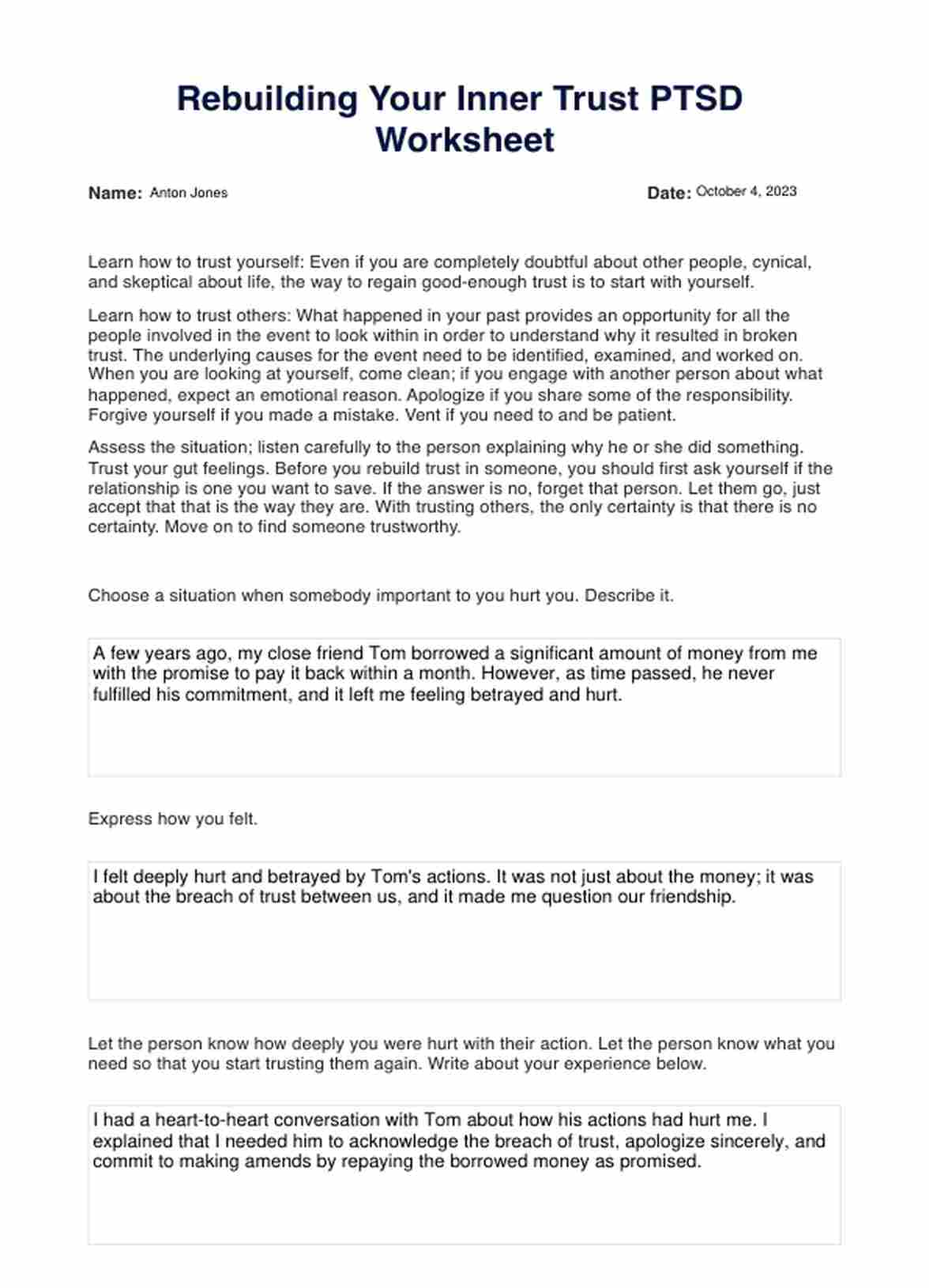

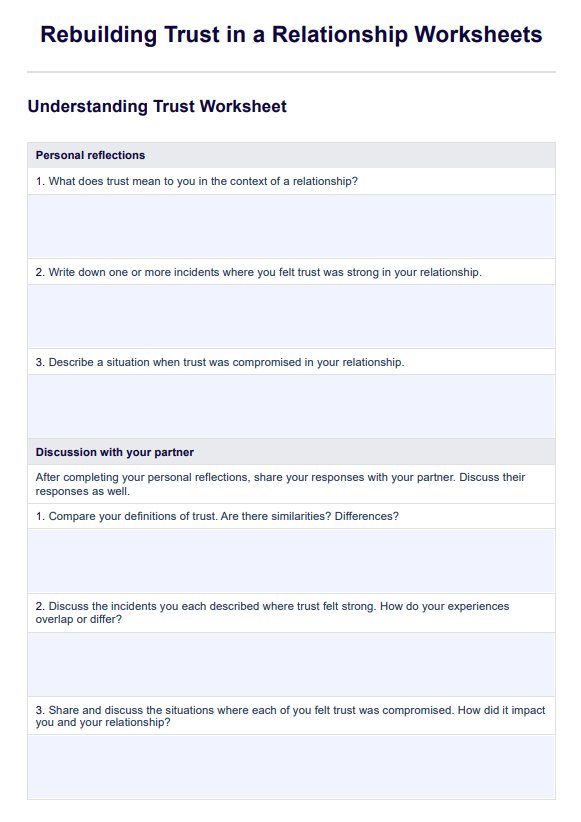








-template.jpg)































































































